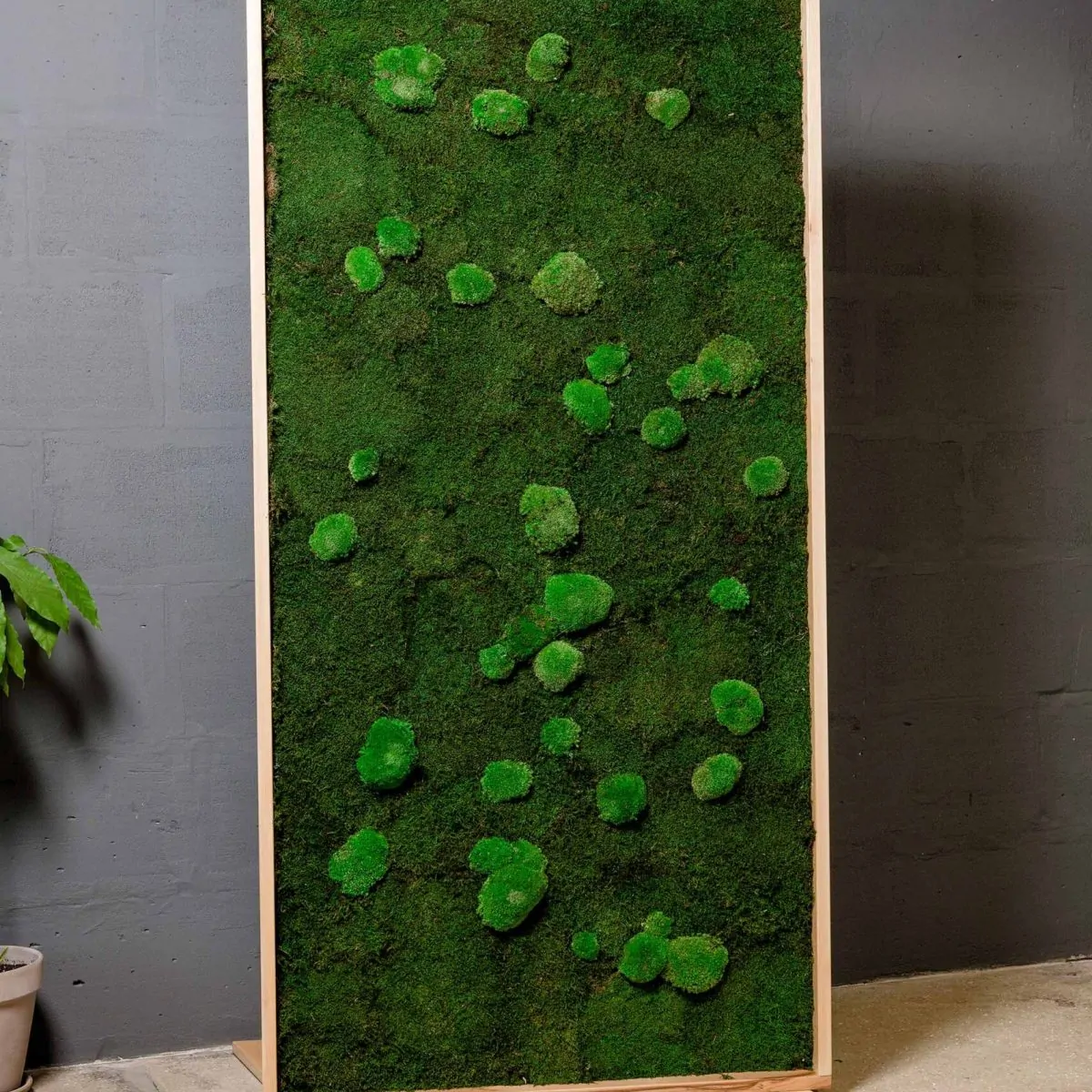 Turned stretchers span the gap between the legs of the rocking chair shown at left. Apart from enhancing the appearance of a chair, stretchers provide structural support and can occasionally be designed to serve as footrests. Stretchers are usually made in the same way as the legs; in the example shown, the legs and stretchers are all turned. It is best to stagger the height of the stretchers; this way, the mortises in the legs will be at different locations and will not weaken the legs.
Turned stretchers span the gap between the legs of the rocking chair shown at left. Apart from enhancing the appearance of a chair, stretchers provide structural support and can occasionally be designed to serve as footrests. Stretchers are usually made in the same way as the legs; in the example shown, the legs and stretchers are all turned. It is best to stagger the height of the stretchers; this way, the mortises in the legs will be at different locations and will not weaken the legs.
TURNED STRETCHERS
Roughing
Turning the stretcher
Cut your stretcher blanks a little longer than their final dimension, mount a blank between centers on your lathe, and position the tool rest as close to the stock as possible without touching it. Use a roughing gouge to turn the blank to a cylinder, then turn off the lathe and mark the center of the blank with a pencil. Turn on the lathe and use the gouge to taper the stretcher from
the centerline toward the ends. Support the tapered section with your free hand to prevent chatter (above). Once you are satisfied with the shape of the stretcher, dry-assemble the legs and measure the gap between them at the height of the stretcher. Transfer your measurement to the blank, remembering that you must add a tenon at each end of the stretcher (step 2).
![]()

3Kerfing the stretchers for wedges
Cut a V-shaped wedge out of a wood block, creating a jig that will hold the turned stretchers steady as you kerf the tenons. Cut a kerf about halfway along the bottom of the V, then place the stretcher in the jig and clamp the jig to your band saw table so the middle of the tenon is aligned with the blade. Holding the stretcher flat in the jig and positioning it so the kerf will be perpendicular to the grain of the leg, feed the stretcher into the blade. Stop the cut about И inch from the tenon shoulder. Leave the stretcher in place, butt a stop block against the kerfed end, and clamp it to the jig. Kerf the remaining stretchers the same way (right), stopping when the stock contacts the stop block.
|
2 |
Turning the tenons
Use a parting tool to turn a tenon at each end of the stretcher (left). To ensure a snug fit, make the diameter of the tenon equal to that of the bit you will use to bore the mortise. The length of the tenons should equal about one-half the leg thickness. If the tenons are too long, trim their ends.

 ng mortises for tenons on the drill press
ng mortises for tenons on the drill press
 simple setup shown at right will help you ust the angle of r drill press table to bore the holes for retchers in the legs a stick chair. Pry-fit in the seat and ciamp a board to two adjoining legs, positioning the board at the height where you will locate the stretchers. Then adjust a sliding bevel so the handle rests flush on the board and the blade is butted against one of the legs. Use the setting of the bevel to set the angle of your drill press table. Repeat for the remaining stretchers.
simple setup shown at right will help you ust the angle of r drill press table to bore the holes for retchers in the legs a stick chair. Pry-fit in the seat and ciamp a board to two adjoining legs, positioning the board at the height where you will locate the stretchers. Then adjust a sliding bevel so the handle rests flush on the board and the blade is butted against one of the legs. Use the setting of the bevel to set the angle of your drill press table. Repeat for the remaining stretchers.
 |
CROSS STRETCHERS
|
2 |
![]()
 Turning the stretchers
Turning the stretchers
Outline a square section at the middle of both stretchers, locating the marks at least 1 inch beyond the shoulders of the half-laps. Then mount one of the stretchers between centers on your lathe. Start by using a skew chisel to define the square section (page 102) and a roughing gouge to turn the remaining portion into a cylinder. Repeat for the other stretcher. Once both stretchers are turned, place them under the chair legs as you did in step 1, this time with the pieces joined at the half-laps. Use a try square and a pencil to mark the points where the stretchers will enter the legs (right), then finish turning the stretchers, adding tenons and kerfing them for wedges. Secure the stretchers in place (page 105).

 SQUARE STRETCHERS
SQUARE STRETCHERS
1 Determining the angle between the front and rear legs
![]()
![]()
 |
|
Because the front and rear legs of a frame chair are typically set at an angle to one another, and the surfaces of the legs themselves may be tapered or curved, you need to make a compound cut at the ends of the stretchers. This will ensure that the stretchers fit flush against the legs. To measure the angle between the front and rear legs, set your seat template (page 26) on a work surface and mark a line from the middle of one front leg to the middle of the rear leg directly opposite. Adjust a sliding bevel to the angle between the line and the front seat rail (right).


![]()
 |
|
 |
iii
її і

![]()
 5 Drilling the dowel holes
5 Drilling the dowel holes
Fit an electric drill with a bit the same diameter as the dowels you will use to join the stretchers to the legs. Bore a hole into each leg. The dowel holes should be slightly more than one-half as deep as the length of the dowels. To prepare the stretchers for the dowels, secure one of them end up in a bench vise with the cut end perfectly horizontal. Then, holding the drill perpendicular to the end of the stock, bore a hole of the proper depth into the stretcher (left). Repeat at the other end of the stretcher and at both ends of the second stretcher.
Installing the stretchers
Dab glue in the dowel holes and insert the dowels into the stretchers. Fit the stretchers between the legs as you are gluing up the chair (page 49), then clamp the assembly (below), aligning the bar with the stretchers and using wood pads to protect the legs. Taper the wood pads as necessary so they rest flat on the legs.
|
|
|
 |

Like other components of a chair, such as seats, rails, and legs, the arms and backs must be tailored to the shape and needs of the chair’s user. Because they also contribute to both the support and the comfort provided by a chair, arms and backs are arguably the most demanding parts to design and build.
By definition, all chairs need backs; the arms are optional. Traditionally, dining chairs with arms were used only at the head and end of the table. These chairs often had higher backs, endowing the user with a more imposing presence.
Since chairs with arms cannot be positioned close to a table or set dose together, they are seldom used along the sides of tables. Hence, armless chairs became known as side chairs.
Woodworkers rely on several methods to attach arms to the frame of a chair. As shown on page 112, arms can be separate assemblies added to the chair after the frame is glued up, or made an
The chair shown at left features extended post arms, giving the basic frame chair design a more formal appearance. To ensure that the arms do not crowd the chair’s user, the seat is made a little wider than it might otherwise be. The back features slats similar to those made in the Frame Chair chapter (page 43).
integral part of the structure, as in the continuous arm of the popular Windsor chair.
This chapter will also explain two options for chair backs: the cane back and panel back. (Two versions of the slat back are shown in previous chapters. See page 43 for instructions on building a vertical slat back suitable for a frame chair, and page 61 for information on making a horizontal slat back for a slab-and-stick chair.) Both the cane back and the panel back employ a crest rail along the top and a back rail across the bottom to support the panel or the cane. In building chairs, the need for form to follow function quickly becomes evident. It is important to position the crest rail so it will not interfere with the user’s head. As well, the back rail should feel comfortable against the lower back. The chapter on Frame Chairs (page 22) includes a detailed explanation of the joinery involved in installing backs.
|
|
|
|


![]()
Attached to the front and rear legs with dowels or mortise-and-tenon joints (page 114)
Attached to the rear legs with dowels or screws; fixed to seat rails with arm posts which are doweled or screwed (page 116)
Fastened to rear legs with dowels or screws; attached to seat rail with a separate post

|
|
|
|
|
|
|
|
|




|
|
|
|
|
|
|
|
|
|
|
|
|
|
|
|






|
|
|||
|
|
||
|
|||
|
|||
|


![]()
Preparing the legs for the arms
Turn the legs on a lathe as you would for a side chair (page 102), but make the blanks several inches longer. The added length (the section to the right of the dotted lines in the illustration above) will enable the leg to extend above the seat and accept the bottom of the arm. Once you have turned
the extended-post segment of the leg to a satisfactory shape, use a parting tool to produce a round tenon the top end of the leg (above). The tenon will be glued into a hole in the bottom of the arm. When both legs are turned, you can glue up the chair.
|


2 Making the arms
Prepare two pieces of solid stock as arm blanks. Then, holding one of the pieces in position against a rear leg and the front leg on the same side of the chair, mark the outline of the arm with a pencil (left). Design the arm to be both comfortable and visually pleasing; its horizontal section normally should be 8 to 9 inches above the seat. Make sure the bottom of the outline is centered on the tenon you turned in step 1. Cut out the arm on your band saw and use it as a template to outline and cut the other arm. Drill a hole in the bottom end of each arm for the front leg tenon and another in the top end for a dowel joining it to the rear legs. Shape the arms to suit the design of the chair and sand their surfaces smooth. This type of arm can also be made as a bent lamination as you would to produce rockers for a rocking chair (page 130).
|

![]()
Installing the arms
Test-fit the arms on the chair. Their ends should lie flush on the legs; sand the ends to fit, if necessary. Remember to drill dowel holes in the rear legs. When the arms are ready to be glued up, cut clamping blocks that will enable you to apply pressure squarely on the arms. At each front leg, cut two blocks, each with a curved edge to follow the contours of the arm and a flat edge to accept the clamp jaw. Apply glue to the tenon on the front leg and the holes in the arm, insert
the dowel into the rear leg, and fit the arm in place. Clamp the blocks to the arm, then install a bar clamp to secure the arm to the front leg, placing one jaw on the block and the other on the bottom of the leg. Tighten the clamp until the joint is snug (above, left). At the rear leg, clamp a single block to the arm, then pull the joint snug with a second clamp, placing one jaw on the block and the other on the back edge of the rear leg (above, right).
SEPARATE-POST ARMS

Making the arms
Because separate-post arms curve outward as well as downward, making them requires two templates: one representing the top view of the arm and the other showing the side view. Outline each view on a piece of К-inch plywood or hardboard the same length as the arms (above, left). The shapes should suit the design of the chair, but make sure the inside back end of the arm is flat so that it can be fastened flush against the
outside face of the rear leg (step 5). Once you have completed the outlines, label them and cut them out on your band saw. Then trace the outlines on adjacent faces of two arm blanks, making sure the back ends of the outlines are aligned at the same end of each blank. Also ensure that the outlines on the blanks are mirror-images of each other (above, right). Band saw the arms as you would a cabriole leg (page 99).

|
2 |
Making the posts
Make the posts as you did the arms, producing two templates, transferring the outlines to two blanks and cutting them on the band saw (right). Both ends of each post should be flat; the bottom is fastened flush against the outside face of the side seat rail (step 3) and the top is attached to the underside of the arm (step 4). Sand the arms and posts smooth.

![]()

Attaching the posts to the side seat rails
To help you position the posts against the side seat rails, test-fit the arms and posts in place. Once you are satisfied with the placement of the pieces, mark the post location on the rail. In the example shown above, each post will be fastened to its rail with a countersunk screw 4 inches from the front end of the rail. Drill a clearance hole for the screw shank through the corner
block and the rail. Enlarge the top of the hole with a larger bit to recess the screw head and use a smaller bit to bore a pilot hole into the bottom end of the post. Then, holding the post in place against the rail, screw it in place. Repeat with the other post (above). Leave the screws a little slack for now so you can trim the posts or adjust their positions later, if necessary.
|
4 |
Preparing the arms and posts for dowels
Drill a hole into the center of the top end of each post slightly deeper than one – half the length of the dowels you will be using. Insert a matching dowel center into the hole, then position the arm against the rear leg, align the arm with the post, and press the arm against the center (left). Its pointed end will punch an indentation into the underside of the arm, providing you with a starting point for drilling the dowel hole. Before moving the arm, outline its position on the rear leg so you can reposition it properly later. Drill the matching dowel hole in the arm to the same depth as that in the post.
|

|
|
|
|
|
|
|
|
|

|





